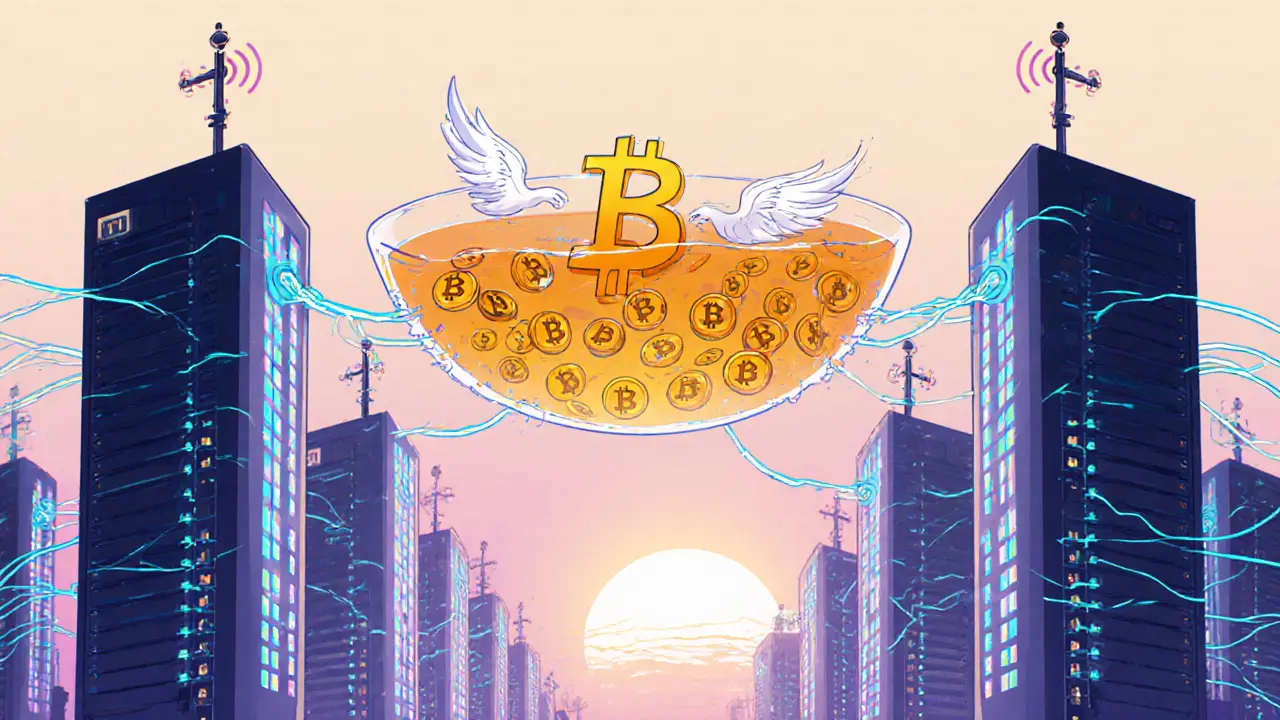Unconfirmed Transactions: What They Are and Why They Matter
When dealing with unconfirmed transactions, transactions that have been broadcast to the network but not yet included in a block, you’re looking at a stage that every crypto move passes through. Also called pending transfers, they live in a temporary holding area until miners or validators pick them up. Understanding this stage is crucial because it affects speed, cost, and security of any trade you make. Unconfirmed transactions can feel mysterious, but once you know the basics, you’ll spot red flags and make smarter decisions.
One of the biggest players in this process is the mempool, the pool of unconfirmed transactions waiting for confirmation. Think of the mempool as a waiting room at a busy hospital; the number of patients (transactions) and the urgency (fee) decide who gets seen first. When the network is calm, the mempool empties quickly, and your transaction zips through. When it’s crowded, you might see your transaction linger for minutes or even hours.
Another key factor is the transaction fee, the amount you pay miners to prioritize your transaction. Higher fees act like a VIP pass, pushing your request to the front of the line. Low fees can save money, but they also increase the chance of getting stuck in the mempool during spikes in activity. Watching fee trends on explorer tools helps you avoid overpaying while still getting timely confirmation.
Once miners include your transaction in a block, the network begins counting confirmations, subsequent blocks added on top of the block containing your transaction. Each new block adds another layer of security, reducing the risk of a double‑spend attack. For most everyday transfers, waiting for three to six confirmations is enough; for large moves, users often wait ten or more. Knowing how many confirmations your wallet or exchange requires can prevent premature spending or unexpected delays.
How These Pieces Fit Together
The relationship between unconfirmed transactions, the mempool, fees, and confirmations forms a simple chain: unconfirmed transactions sit in the mempool, miners pick them based on transaction fees, and once placed in a block, they start earning confirmations. This chain dictates the overall experience of moving crypto. If any link is weak—say, a clogged mempool or a fee that’s too low—your transaction stays unconfirmed longer, which can affect trading strategies, especially in fast markets.
Beyond the basics, there are a few extra concepts worth noting. network congestion, periods when many users send transactions simultaneously spurs fee spikes and longer mempool queues. Tools like fee estimators or mempool visualizers let you gauge current congestion before you hit ‘send’. Another nuance is the double‑spend risk, the chance that an unconfirmed transaction could be replaced by another using the same inputs. While rare on major blockchains, it’s a real threat on low‑fee or low‑security networks, so keeping an eye on confirmation counts is a good habit.
For traders, developers, and everyday users, mastering these concepts translates into actionable benefits. You’ll know the right moment to bump fees with Replace‑by‑Fee (RBF), understand why some exchanges wait longer before crediting deposits, and avoid losing money to stuck transactions during high‑traffic events like token launches or market crashes. The posts below dive deep into real‑world examples—airdrop claim timing, token swap fees, exchange reviews—and show exactly how unconfirmed transactions impact each scenario.
Ready to see how unconfirmed transactions shape the crypto landscape? Below you’ll find detailed guides, reviews, and tips that connect the theory to practical moves you can make right now.
Understanding Bitcoin Mempool: How It Works & Why It Matters
Learn how Bitcoin's mempool works, from transaction broadcast to miner selection, default settings, fee market dynamics, and practical monitoring tips.
read more

